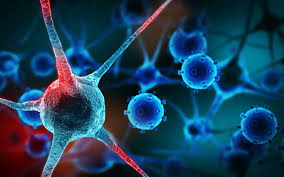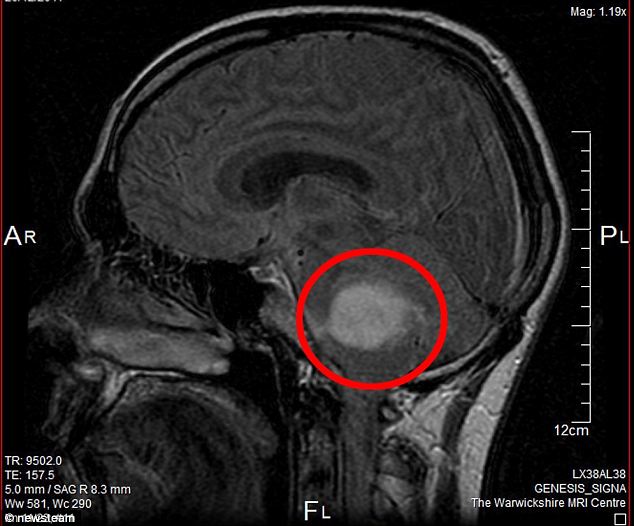Sweden researchers are creating the first artificial nerve cell which would be capable of communicating with human nerve cells. The research would support the understanding in the pathophysiology, molecular targets and therapies for the treatment of various nervous system disorders such as Parkinson’s disease. The journal Nature Materials contain the published results of the study. Scientists have been stimulating nerve signals in the nervous system by using methods that are based on electrical stimulation. Cochlear implants, for example, are surgically inserted into the cochlea which is located in the inner ear, and electrodes are used in the brain directly. In this latest study, the researchers created a new type of ‘delivery electrode’ by using an electrically conducting plastic. This delivery electrode releases the neurotransmitters that brain cells use to communicate naturally.
The team also showed that the delivery electrode can be used to control the hearing function in the brains of guinea pigs. Next on their list is the development of a small unit that can be implanted in the body. For Professor Richter-Dahlfors and her colleague Professor Barbara Canlon, this unit can be programmed to allow the flexible (i.e. as often or as seldom as needed) release of neurotransmitters for each patient. The innovative technology will benefit patients suffering from various disorders including epilepsy and hearing loss.

Be a part of Elets Collaborative Initiatives. Join Us for Upcoming Events and explore business opportunities. Like us on Facebook , connect with us on LinkedIn and follow us on Twitter , Instagram.












